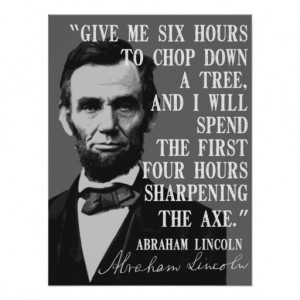We believe the key to success for any project lies in the planning and running a successful B2B survey is no exception.
Bsquared has implemented Customer Engagement and Customer Satisfaction surveys for B2B companies and we have seen examples of organisations coming unstuck through rushing to implement a survey without enough prior planning. We have compiled a list of five key areas to focus on during the planning stages of a project to ensure that return on investment is assured.
Whether you are running a survey to measure Customer Satisfaction (C-Sat) or have regular Voice of the Customer monitoring activity; if you are doing a one-off brand survey or setting in place tracking to monitor the impact of improvement actions through customer response; these are things to think about before going live.
Five areas of focus to ensure B2B survey success
1. Identify what success looks like
What are the objectives and the desired outcomes? What are the key questions you need to get answers to? Do you need to bring the results in front of a board of directors? It might be an obvious point but we have known companies which have set up a survey and found that the outputs didn’t answer the ‘exam’ questions of the board.
Action: Gather the inputs from key stakeholders during the planning process. If you have run previous surveys check the value of questions asked before and remove if they are ambiguous or the answers were not valuable in reporting (some may be needed for benchmarking though).
2. How much analysis will be needed?
Extensive questionnaires will need careful analysis. Where the key findings may be obvious, there will be many subtle nuggets of information especially if verbatim comments are included.
Action: Make sure time and resource is set aside for the analysis.
3. How will you encourage responses?
The further away the target is from you, the harder it will be to get their attention. Incentives may be needed to increase response rates. If your targets are from within your customer base or a segment of them your task will be slightly easier. Surveys which come from a named source will usually achieve a better response rate.
Action: Spend time on positioning the covering email, highlighting the purpose of the survey, focus on the benefits to both parties and the length of time it is likely to take.
4. Commit to sharing the results with participants
If someone has spent valuable time completing a survey they will appreciate insights into what the company will do with the results and that their input is of value.
Action: From the first contact with the target, delight them with the benefits of completing the survey.
5. Keep it simple!
It cannot be emphasised enough that a succinct question set which is specific, logical, concise, unambiguous and which has little jargon will prove the most successful.
Action: Trial the survey internally or with a small external audience to see if anything requires further explanation and the length is right.
Use these guidelines to ensure that any survey you run provides the outcomes you expect.



